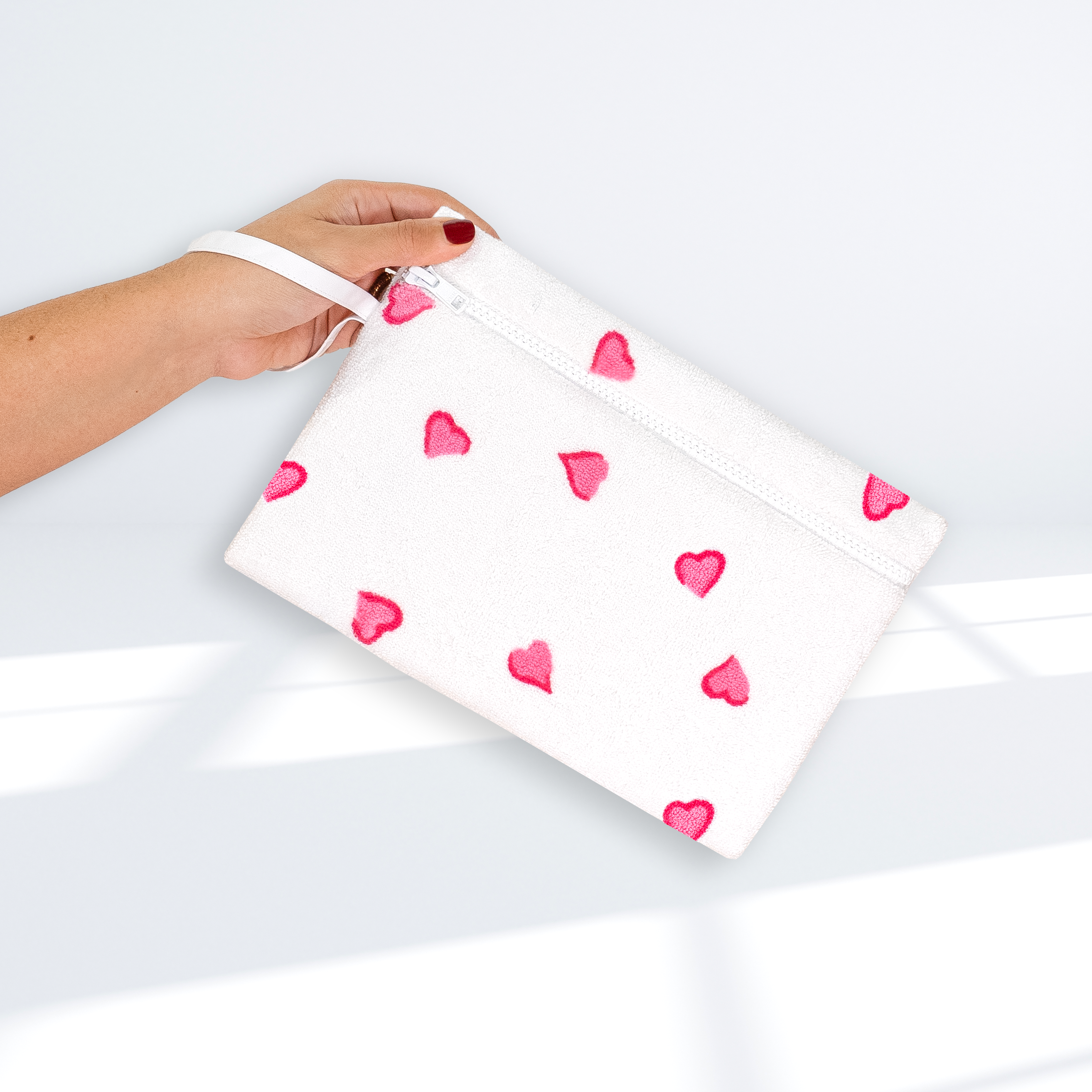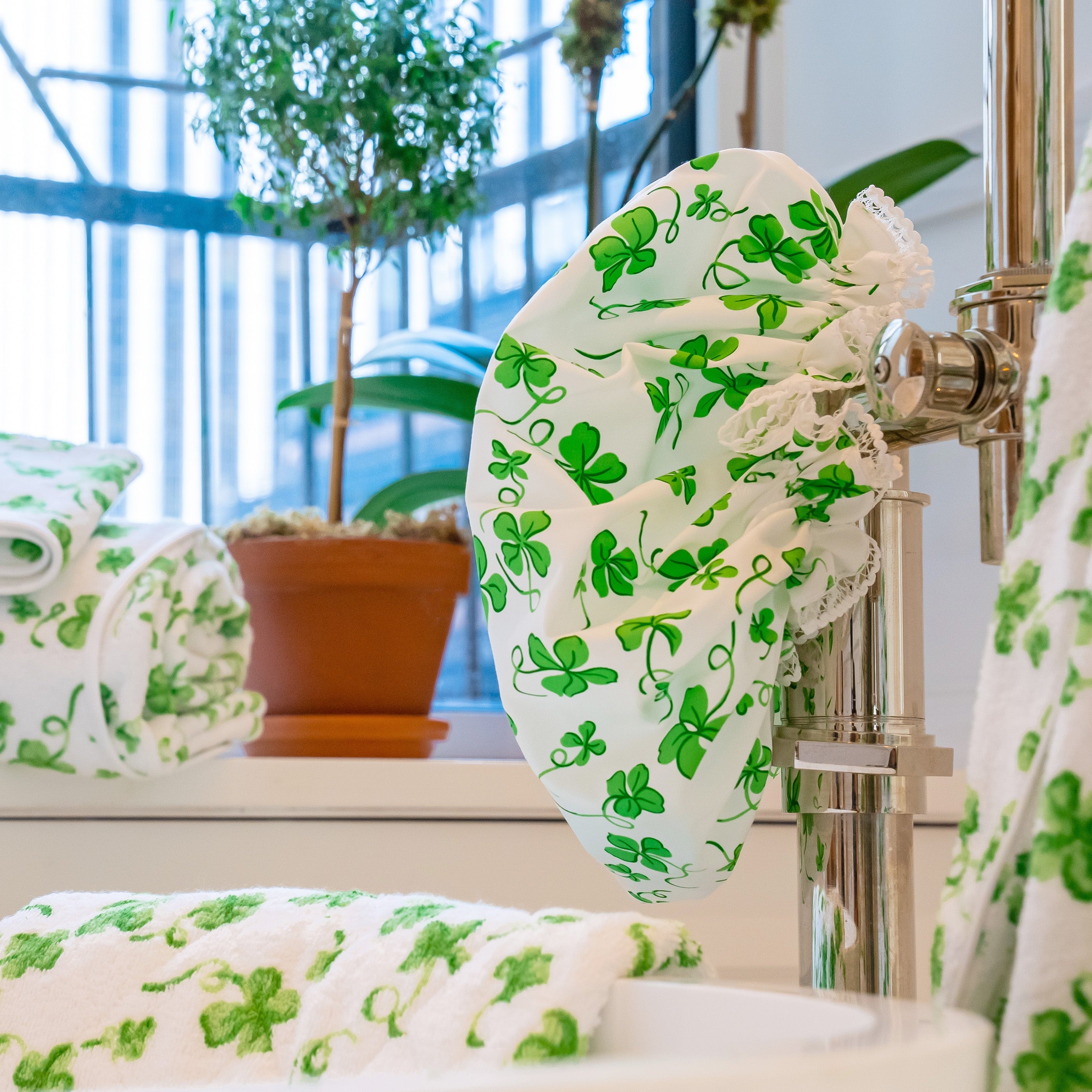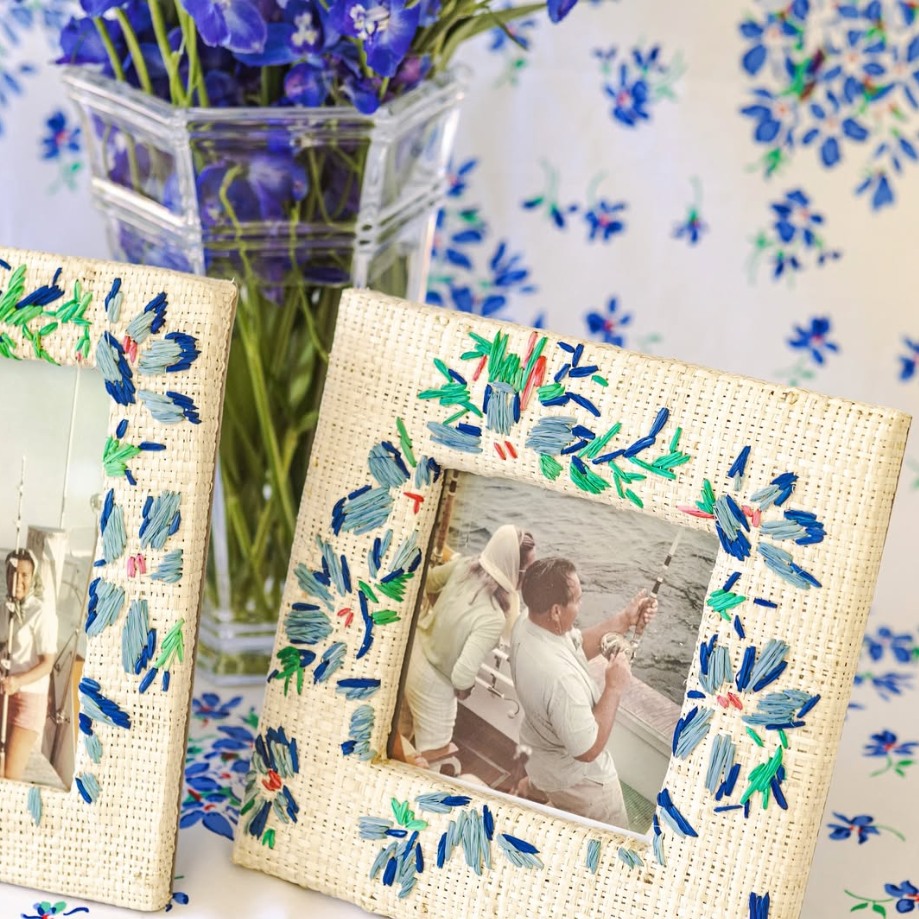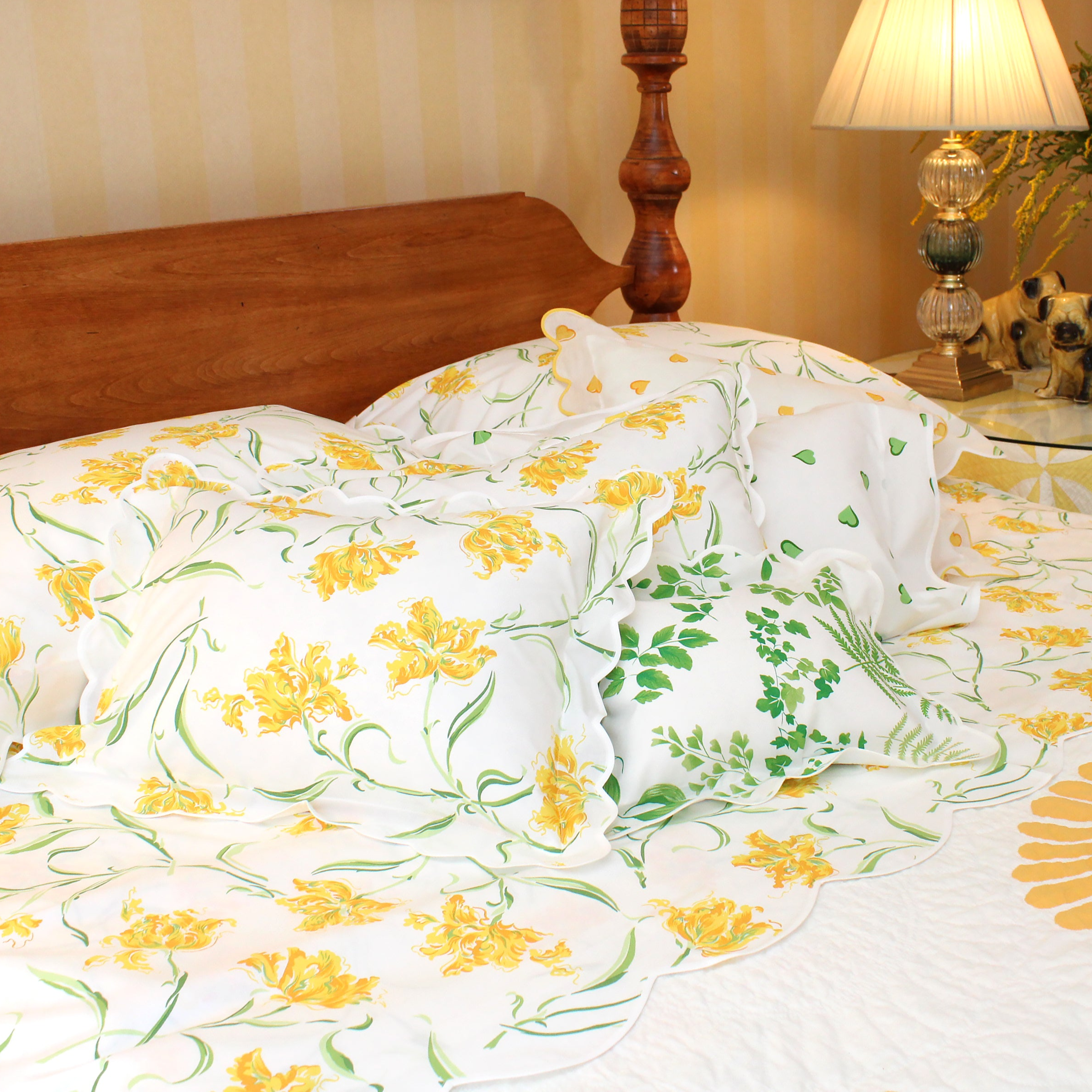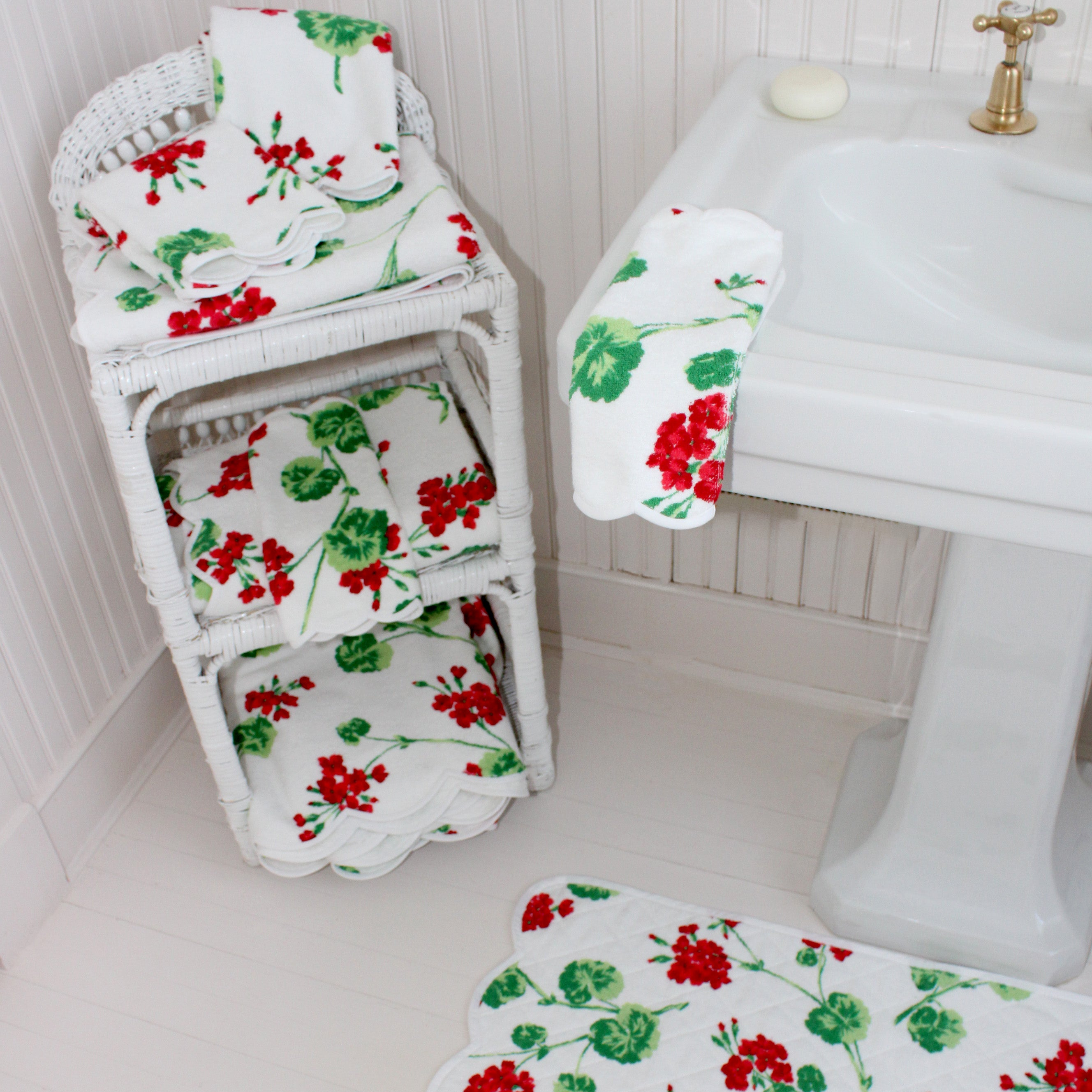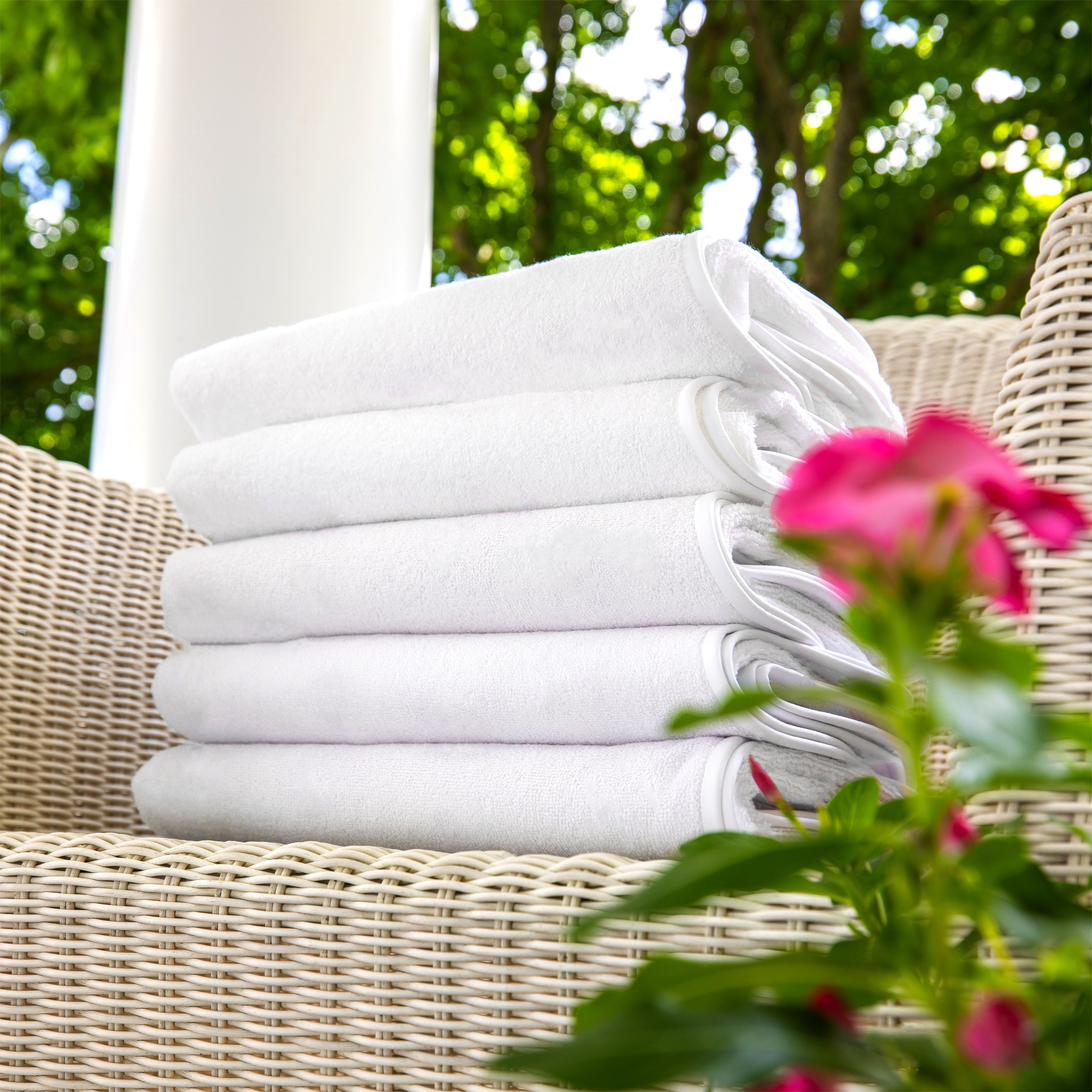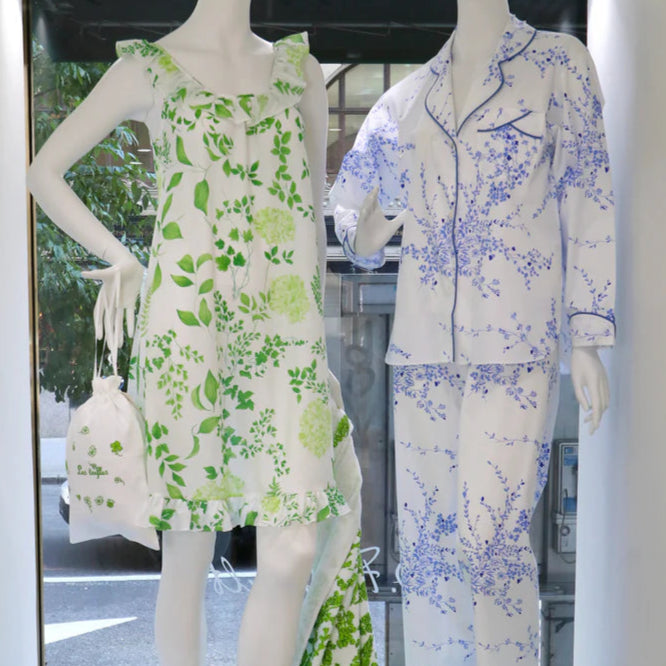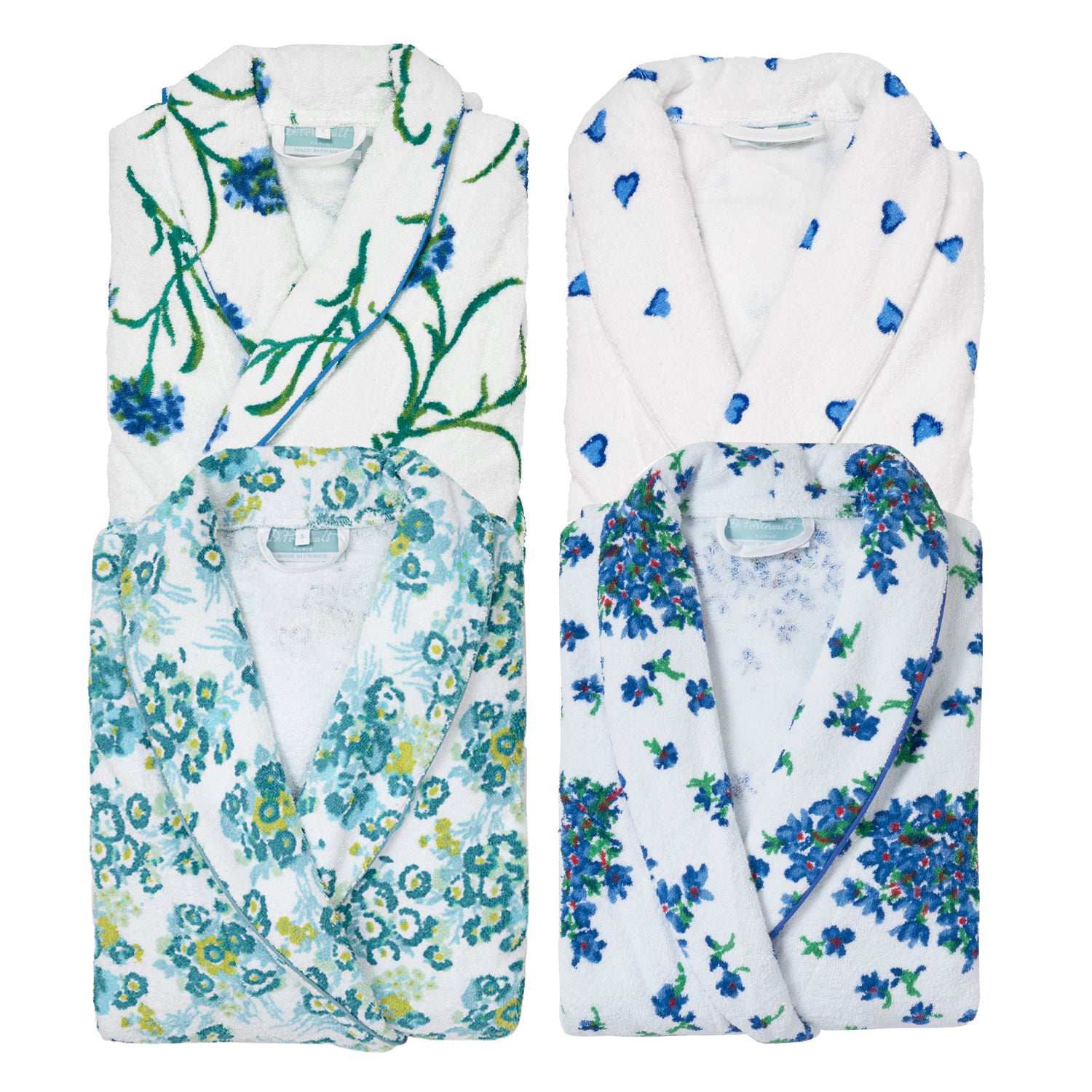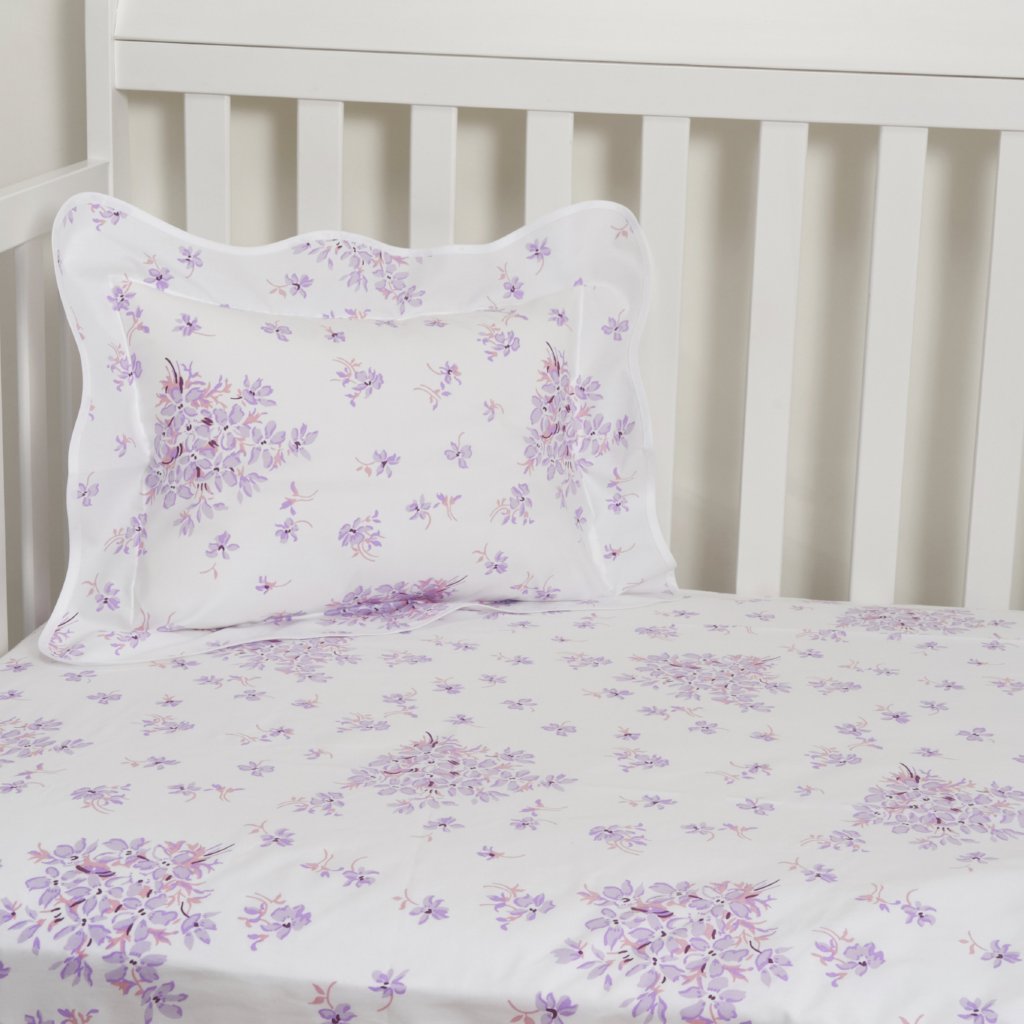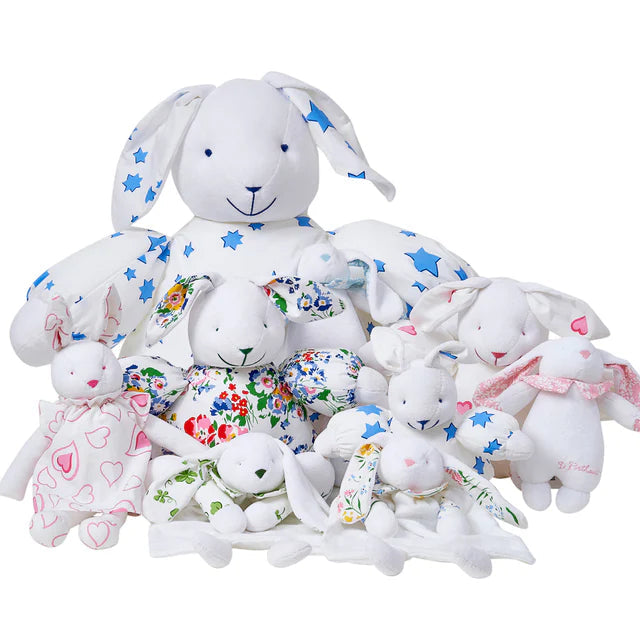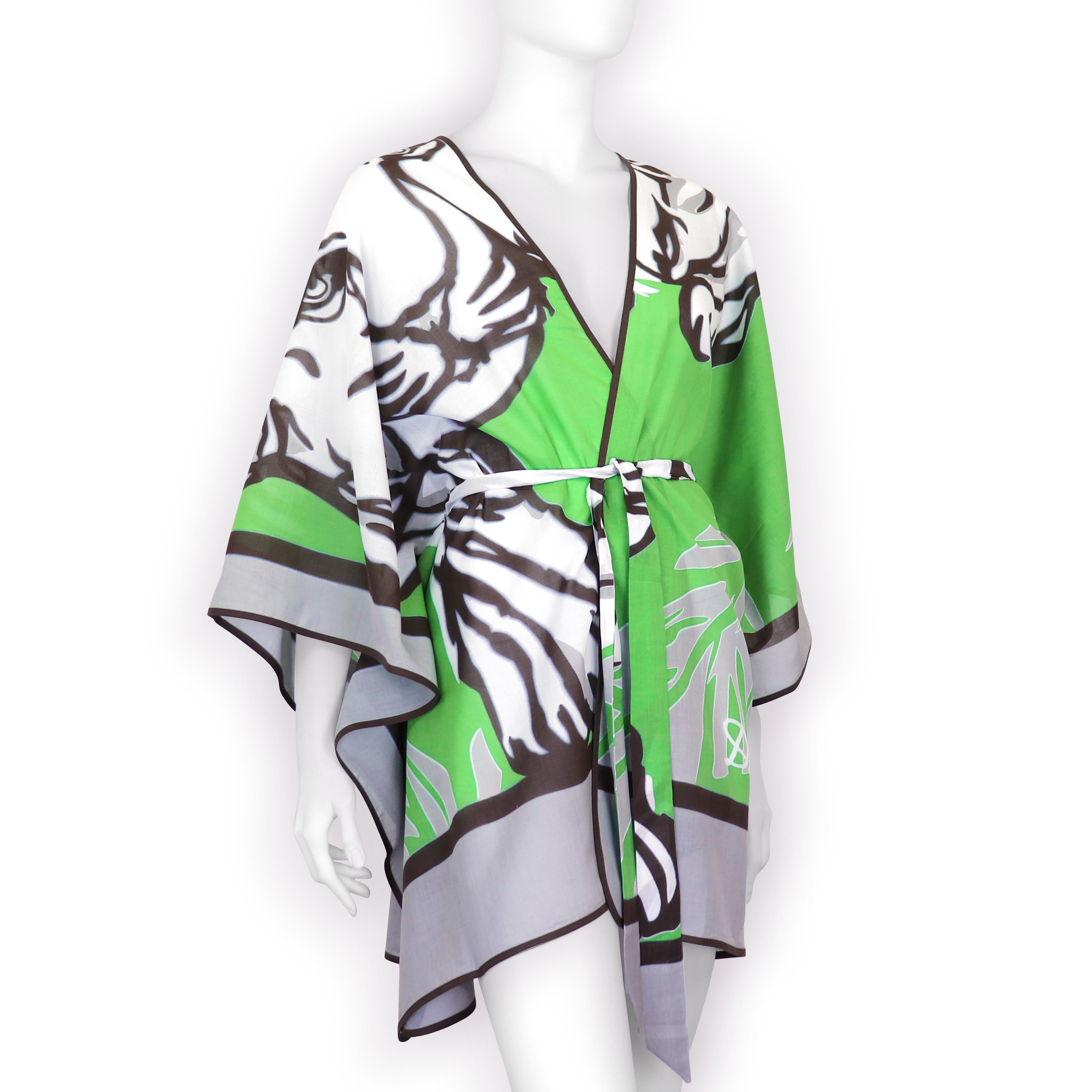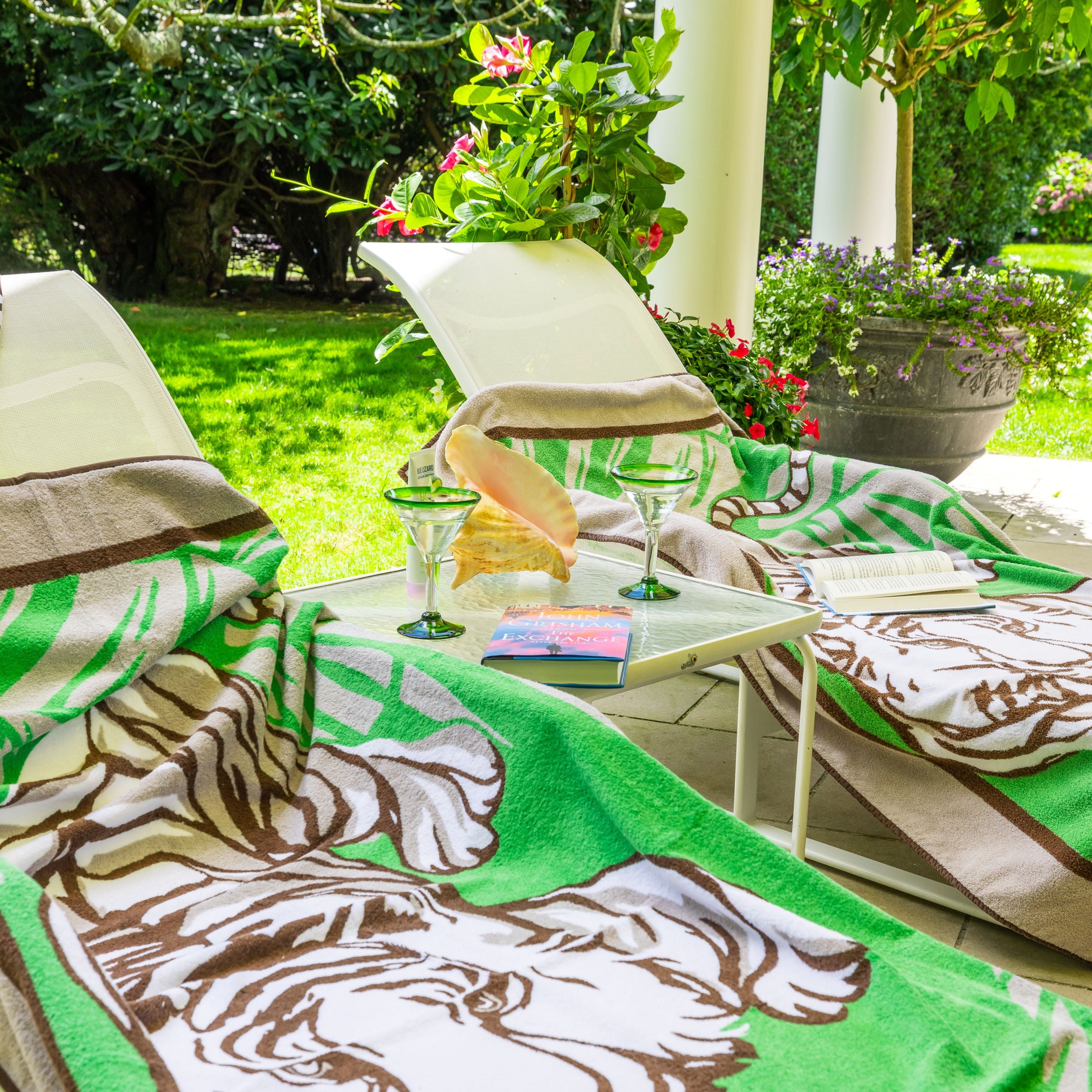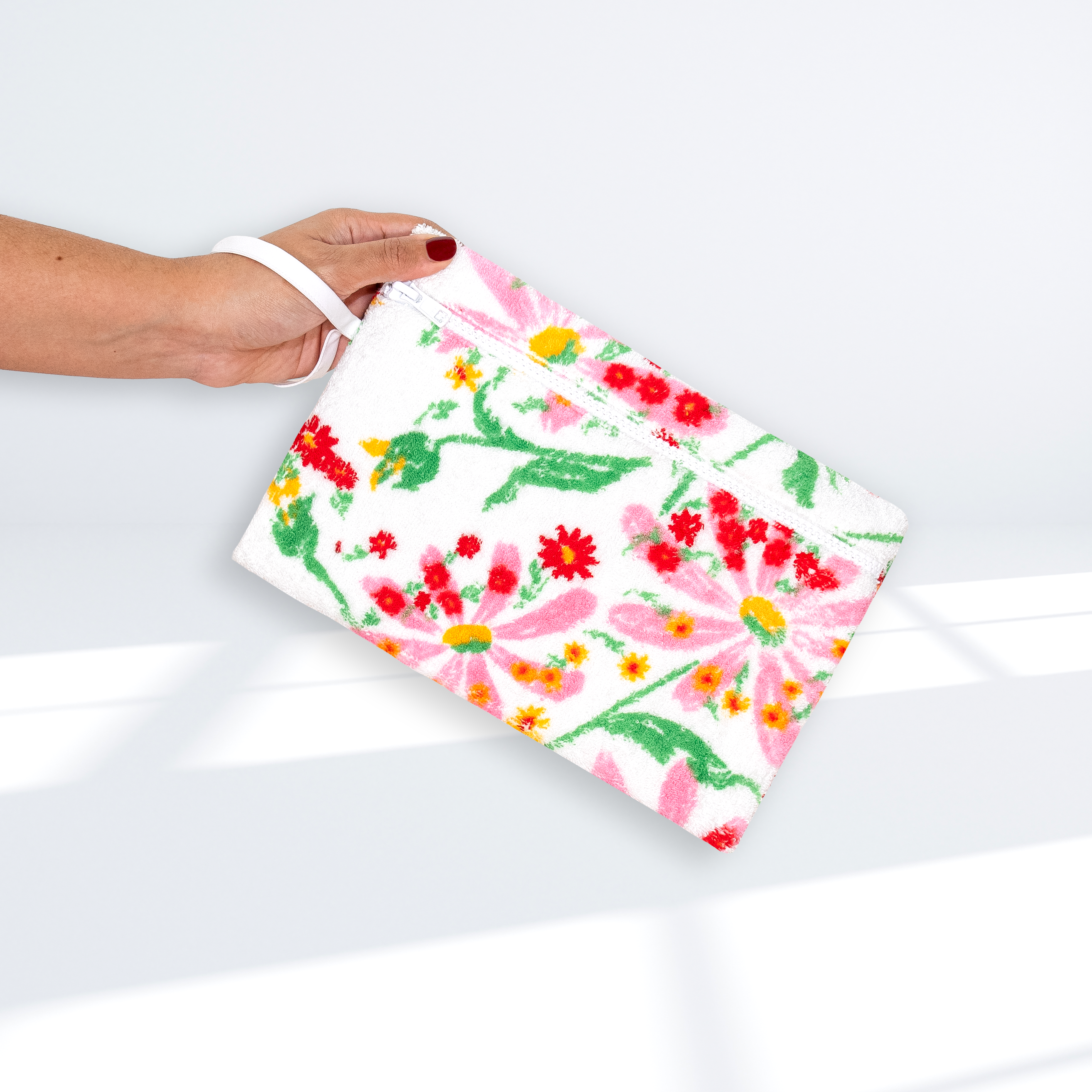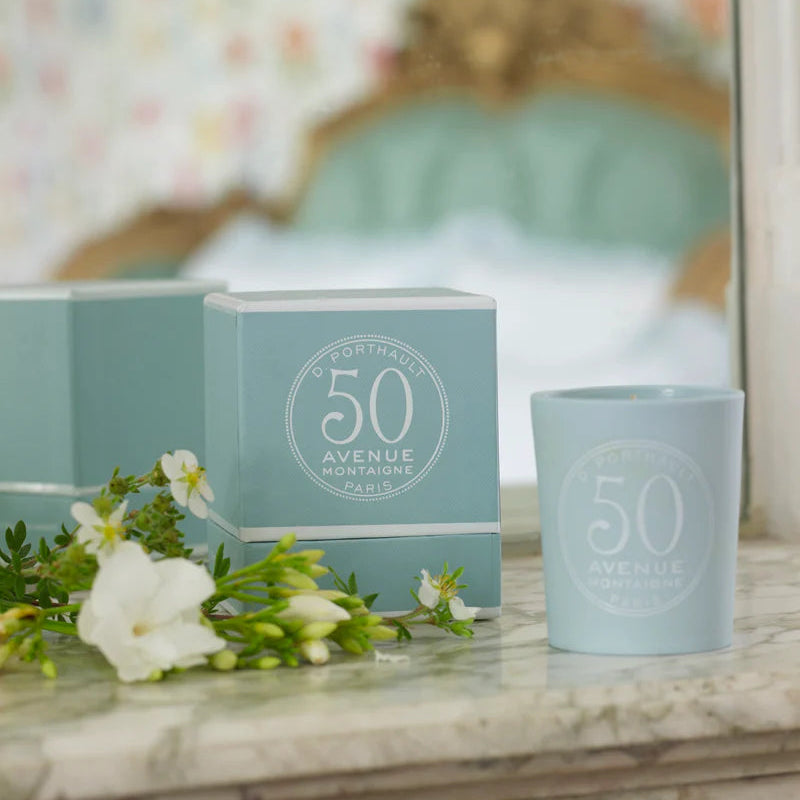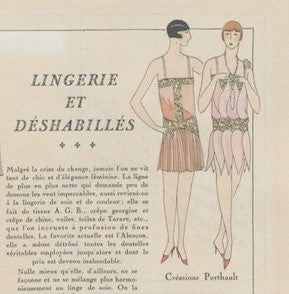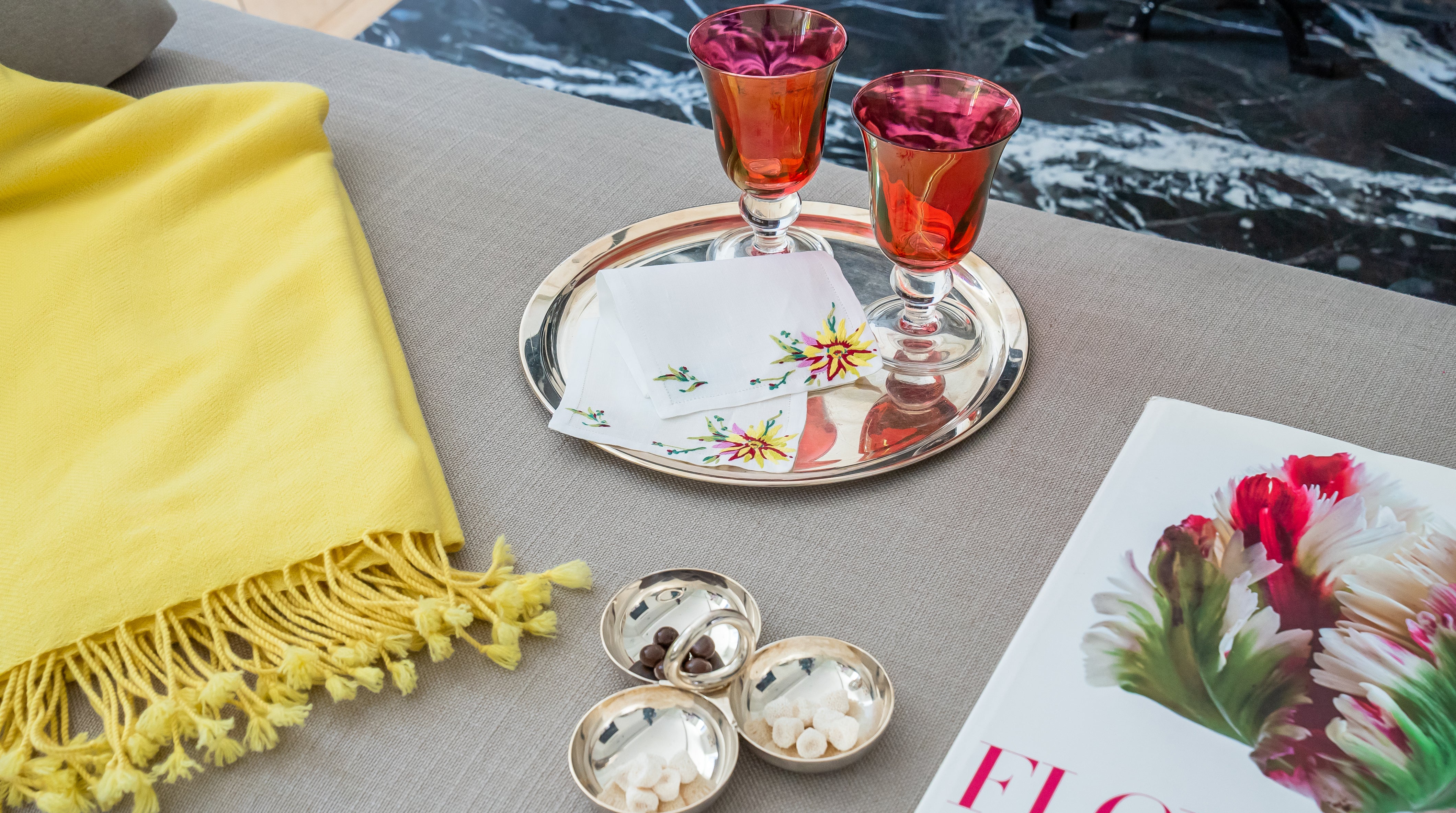Dressmaker Details and Lingerie
Madeleine Porthault [née Bernaud] began working as an apprentice in her teens with Maggy Rouff, a prominent couture designer in Paris from the 1920’s. Along with Coco Chanel, the House of Rouff introduced “sportive” clothing side by side with classically glamorous suits and dresses for day through night. This incorporation of casual sophistication within the couture world completely changed the definition of luxury and “refined taste” in fashion.

Within Maggy Rouff's wardrobe collections, Madeleine was given lingerie as her line to sell. Madeleine was not only trained in the dressmaker details that were so vital to the House of Rouff ~ bias banding, scalloped edging, lace inserts, prominent monograms and the use of fresh, vibrant colors ~ but also in a couture level of design, production and customer service.
This instruction informed Madeleine Porthault's future, first with her own lingerie line and later with her bed and table linens. We see today, for example, the same precise hand application of bias, the same use of scalloped trim, the same focus on vibrant colors and the same bespoke attention to detail in every aspect of production and service learned under Mme Rouff.
Importantly, too, while Madeleine carried forward her mentor's strict standards of quality in her own line, she combined those standards with Maggy Rouff's frequent nod to light-hearted design.

Pictured: 4 of Madeleine Porthault's early lingerie designs
The history of Porthault's lingerie goes back even farther than the company's first printed sheets. Drawing from her early training, Madeleine began designing nightgowns and robes of her own with the fine batiste linen available in Paris. Long before her marriage in 1929, Madeleine was incorporating silk ribbons, bows, bias trims and the laces of Normandy in her creations. An artist who loved color and design as much as textiles, Madeleine also hand painted tiny roses, daisies, lilacs and posies onto her peignoir sets.
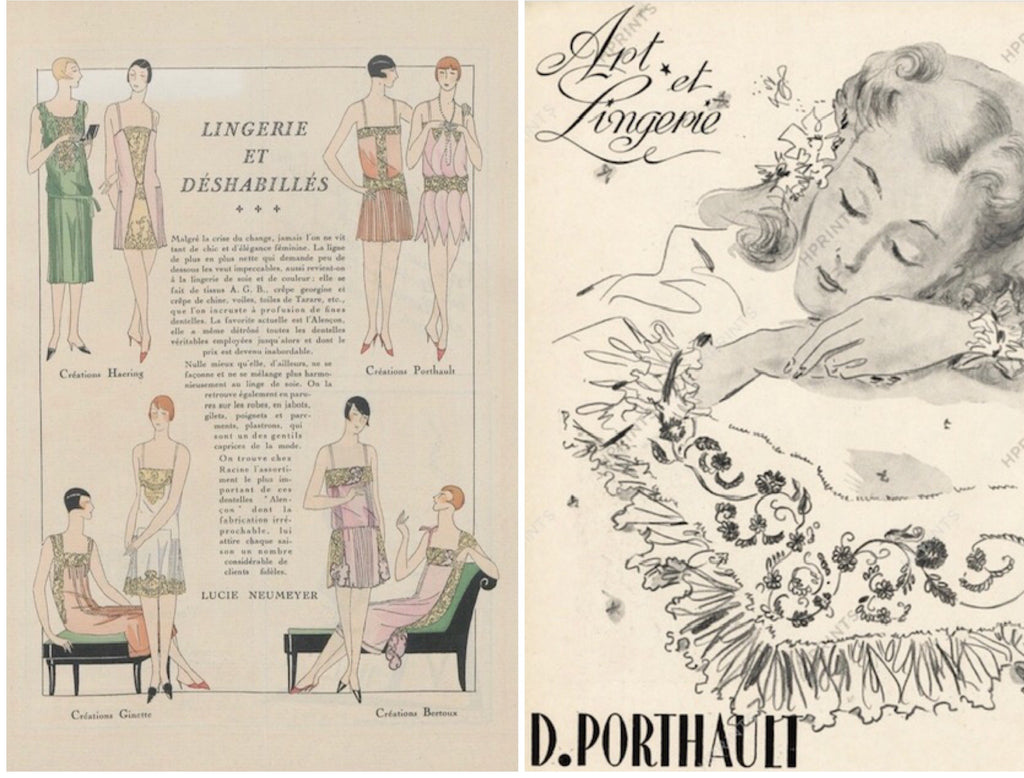
Pictured:Madeleine Porthault designs at upper right of lingerie ad and a vintage Porthault lingerie ad.
But it was not until 1934, when Madeleine was commissioned to design a lingerie trousseau for Princess Marina of Greece and Denmark upon her marriage to Prince George, the youngest son of King George V of England, that a new world opened up for Madeleine Porthault. Princess Marina was so enamored of the little pink roses that Madeleine painted on a fine, maize colored *batiste (cambric) linen ~ woven in her new husband Daniel's factory in northern France ~ that the Princess asked Madeleine if she could have sheets to match her lingerie. The commission was fulfilled and the world, along with the Princess, was captivated!
At first, Madeleine Porthault painted only on the top sheet retour, but eventually clients exclaimed, "Somehow it feels better to know the flowers go all the way down!" And soon the first fully-printed sheets were born.
*batiste linen has now been replaced by cotton voile, still woven in the Porthault factory in the north of France.
The tradition of Porthault lingerie carries on today.

